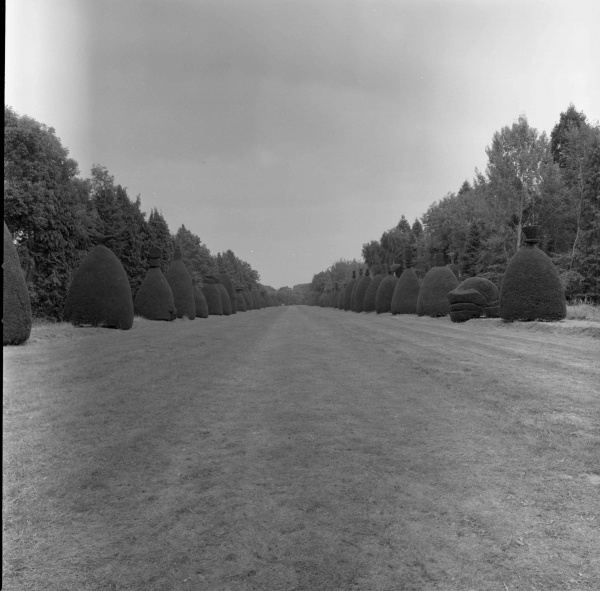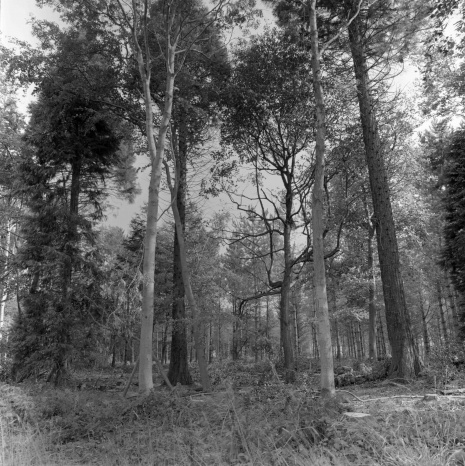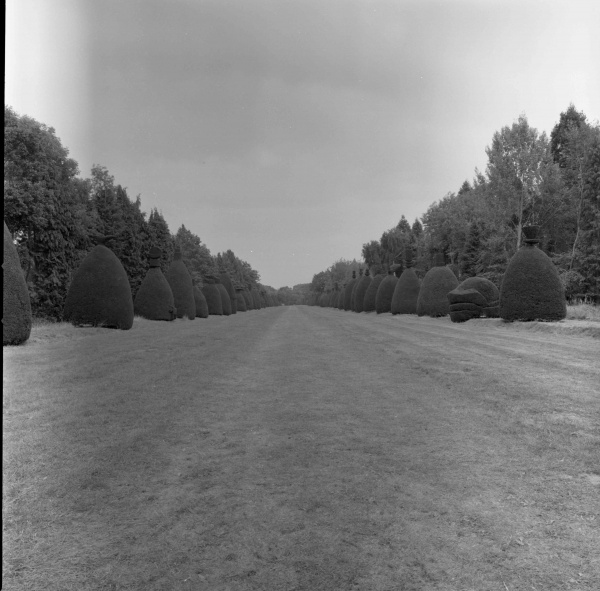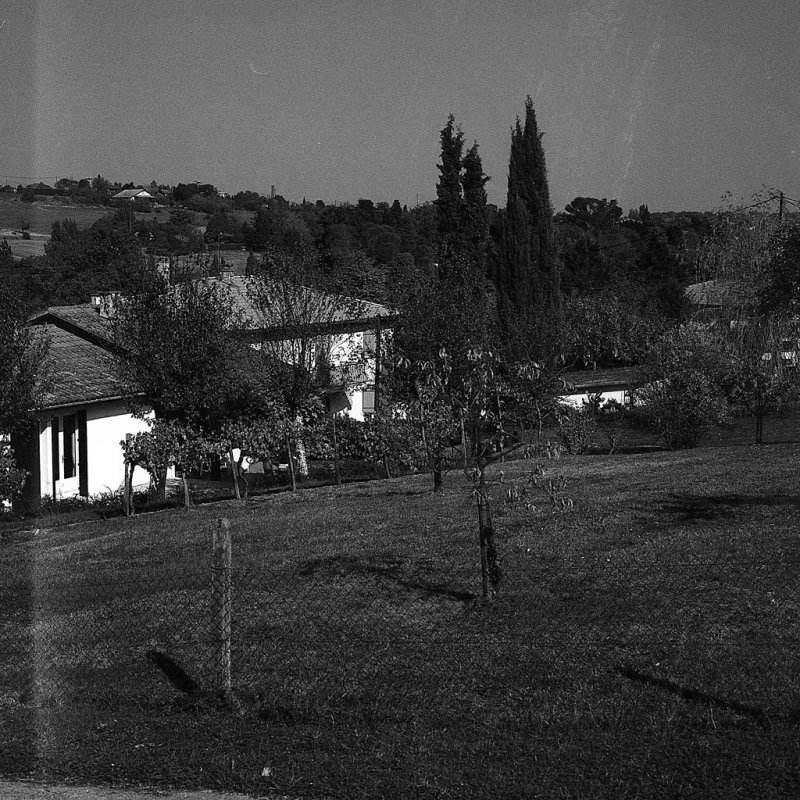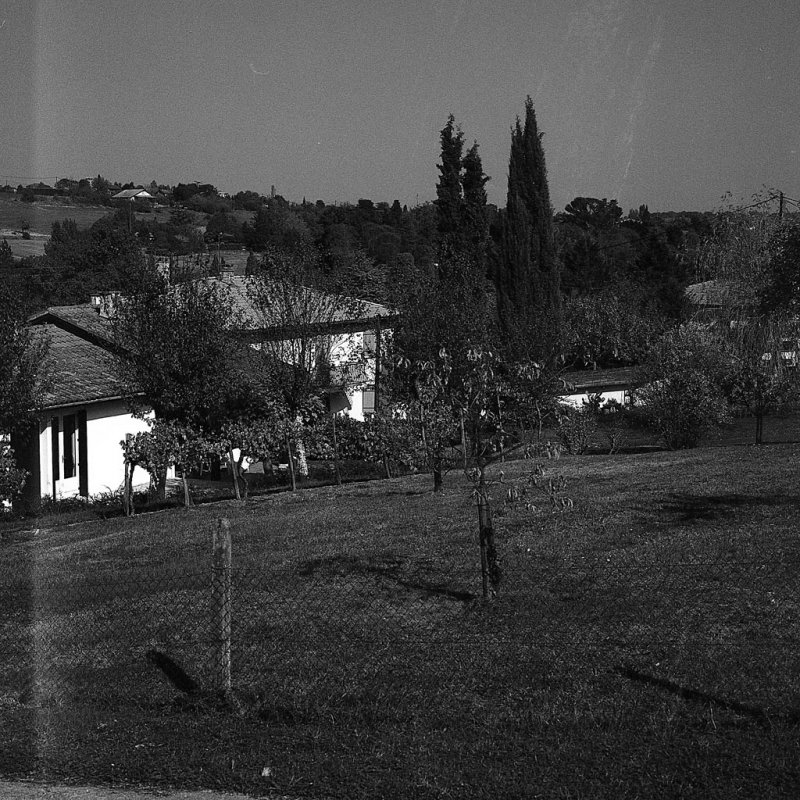Hello all,
I am a new user to this forum so I will start by introducing myself, my name is James and I have owned a Hassy 500C/M for a couple of years now as well as a couple of digital SLRs (I recently sold my Canon 10D along with a Leica M2 to fund a purchase of a new Canon 50D which I am very pleased with). However, I still get most enjoyment from the Hassy. Developing the film in the darkroom and then scanning in the film to my Macbook Pro.
I do a little photography for friends and sometimes produce fantastic results using mainly Ilford 100 film and a Soligor Spotmeter to help me out with the settings.
The problem that I am encountering is that occasionally on some of the exposures the left hand side of the print looks a bit bleached as if it is getting over-exposed which ruins an otherwise very good shot. This doesn't happen on every shot but tends to be hit and miss with sometimes up to 50% of the shots affected. I have been dealing with this by cropping out the affected area but find that this limits me when I am thinking about shot composition. After development of the film it is apparent that the film is absolutely fine with no bleaching along the film edge but it is just the odd frame affected. I have no idea what I may be doing wrong or what I need to check short of sending the camera away for a full check. The camera seems in extremely good condition and as I say the problem is intermittent. Does anybody have any advice as to what I should be looking out for?
I have attached an example, the picture is not particularly good but you can probably make out the 'bleaching'
Regards
Prov
I am a new user to this forum so I will start by introducing myself, my name is James and I have owned a Hassy 500C/M for a couple of years now as well as a couple of digital SLRs (I recently sold my Canon 10D along with a Leica M2 to fund a purchase of a new Canon 50D which I am very pleased with). However, I still get most enjoyment from the Hassy. Developing the film in the darkroom and then scanning in the film to my Macbook Pro.
I do a little photography for friends and sometimes produce fantastic results using mainly Ilford 100 film and a Soligor Spotmeter to help me out with the settings.
The problem that I am encountering is that occasionally on some of the exposures the left hand side of the print looks a bit bleached as if it is getting over-exposed which ruins an otherwise very good shot. This doesn't happen on every shot but tends to be hit and miss with sometimes up to 50% of the shots affected. I have been dealing with this by cropping out the affected area but find that this limits me when I am thinking about shot composition. After development of the film it is apparent that the film is absolutely fine with no bleaching along the film edge but it is just the odd frame affected. I have no idea what I may be doing wrong or what I need to check short of sending the camera away for a full check. The camera seems in extremely good condition and as I say the problem is intermittent. Does anybody have any advice as to what I should be looking out for?
I have attached an example, the picture is not particularly good but you can probably make out the 'bleaching'
Regards
Prov




